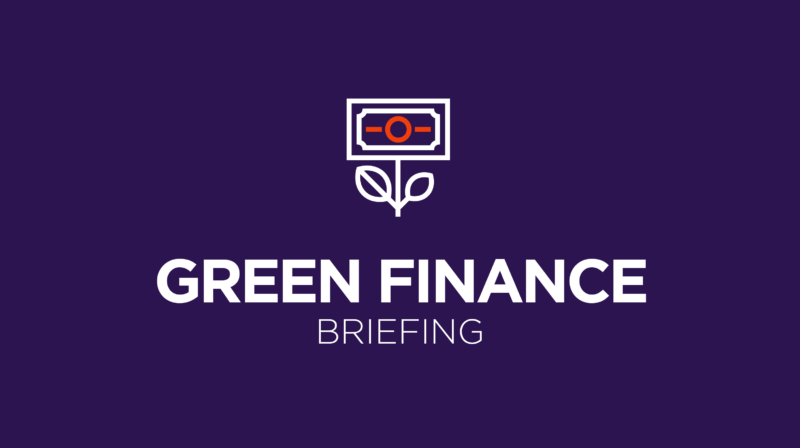Green Finance, Member Exclusive
Green Finance Briefing: COP27 moves the conversation from pledges to implementation
- As the COP27 climate conference unfolds, the narrative is moving from pledges towards implementation – all eyes are on the developed world to take the lead and finance the transition.
- While the financial sector took center stage at COP26, now it is being pressured to build upon the pledges made last year and start its journey to decarbonize lending and investment operations.








